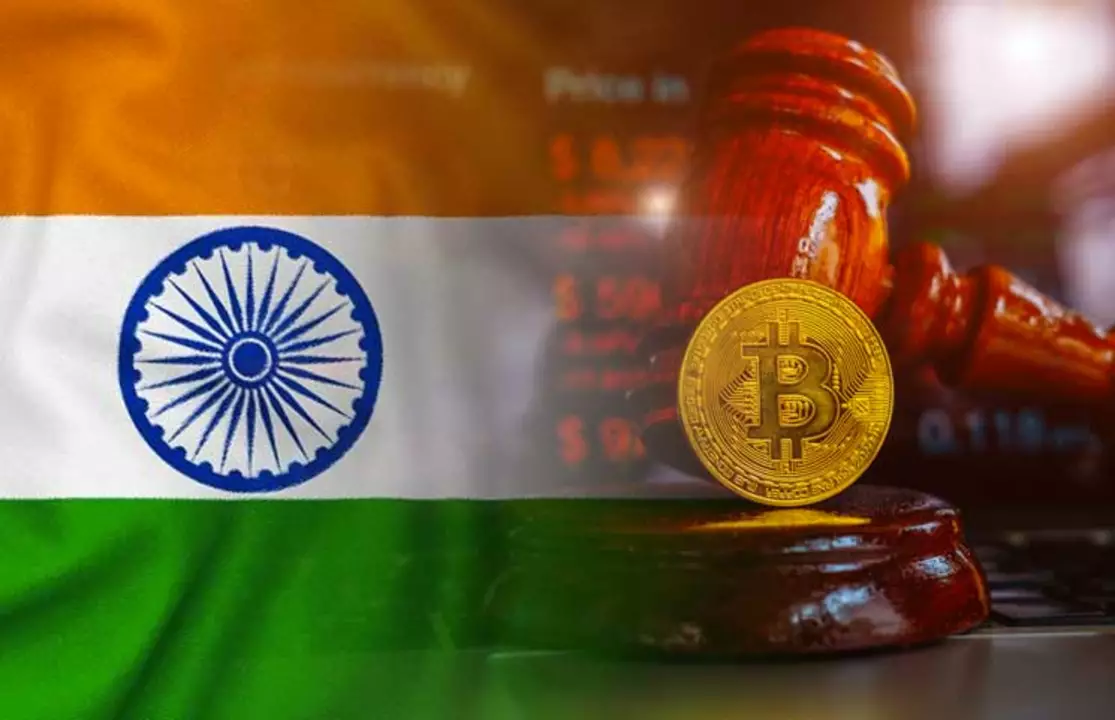May 2023 Archive — Which Sports Are Allowed by the Indian Government?
Curious which sports the Indian government allows or supports? The short answer from our May 2023 post: there’s no fixed cap on the number of sports. The Ministry of Youth Affairs and Sports recognises and works with many sports through national federations, and support goes beyond popular games like cricket and football to include traditional and regional sports too.
The May article breaks this down simply: recognition is about organisation and support, not a whitelist of allowed games. If a sport has an organised body, a national federation, and events, it can seek recognition and access government programs. That means kabaddi and kho-kho get government backing alongside hockey and football.
What the government recognises and why it matters
Recognition usually comes via National Sports Federations (NSFs) and the Ministry. Once a sport is organised nationally, it can access official calendars, get help for athlete development, and be included in national competitions. Why does this matter? Recognition opens doors to funding, coaching programs, and pathways to international events.
Examples mentioned in the May post are straightforward: mainstream sports like cricket, football, and hockey; Indigenous and regional games such as kabaddi and kho-kho; and many Olympic and non-Olympic sports that have active federations. The key is structure—an active federation, regular events, and clear rules make recognition more likely.
How recognition affects funding and support
Once a sport is recognised, athletes and organisers can apply for things like grants, training support, and infrastructure help. Central schemes such as Khelo India aim to build grassroots sport, fund talent, and upgrade facilities. Recognised sports may get selection pathways for national teams and support to compete internationally.
State governments also play a role. Even if a sport is small, strong state-level activity can lead to bigger support later. For organisers and players, that means focusing on consistent events, clear governance, and talent development to attract recognition and funds.
Want to act on this? Check whether your sport has a registered National Sports Federation and state bodies. Organise regular competitions, document participation and results, and reach out to the NSF or the Ministry for guidance. For athletes, joining recognised state or national squads helps access coaching, camps, and scholarships.
The May 2023 post on ISL Live Coverage keeps things practical: there’s no magic number of allowed sports—there’s a process. If your sport has a body and a plan, the government’s support routes are available. For more real-time updates on sports policy and coverage of Indian football and beyond, browse our site’s posts from May 2023 and other months.
